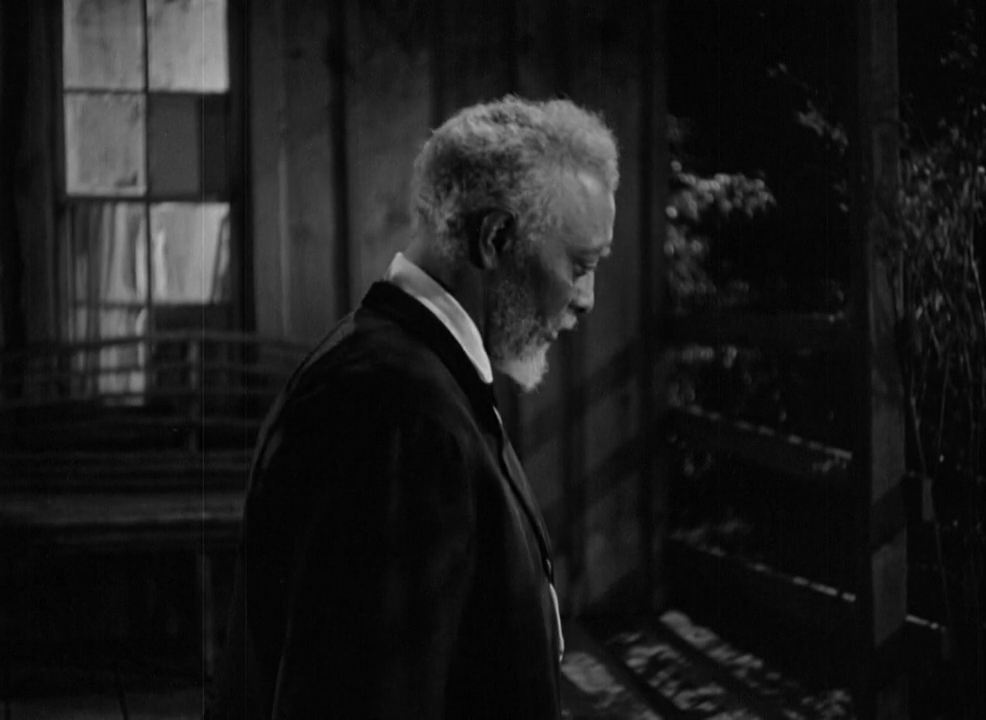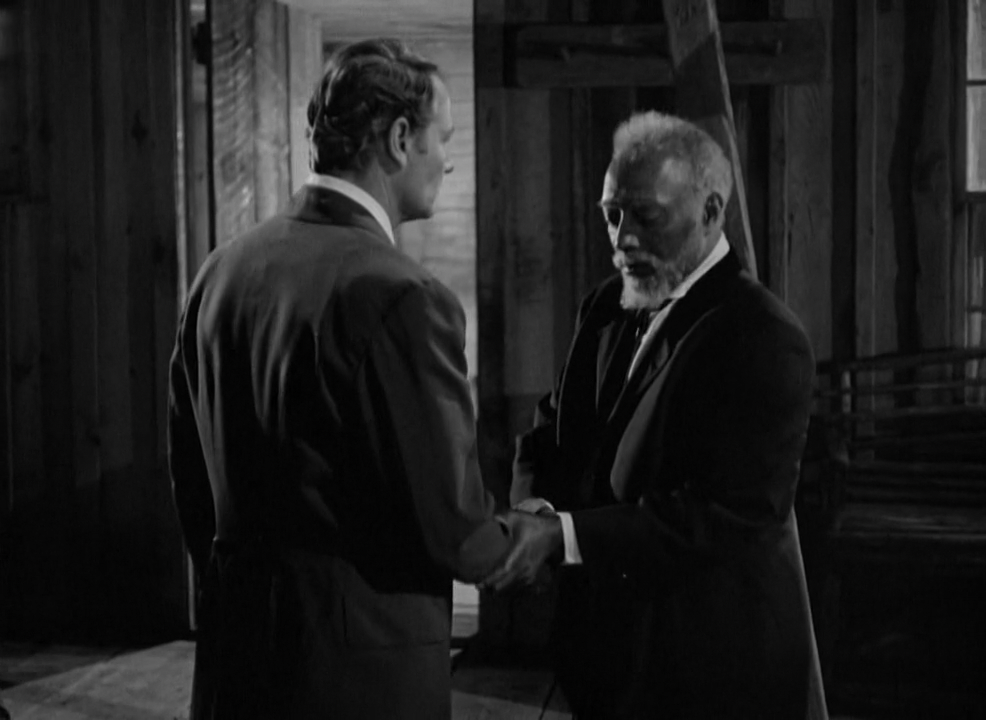Stars in My Crown (1950): Memories of Miracles
25/09/2024
- Devin Leong
25/09/2024
- Devin Leong
One of the first images in Jacques Tourneur’s Stars in My Crown is Joel McCrea’s Josiah Gray drawing dual pistols as he announces his status as the new preacher of Walesburg. It is the image on the film’s poster—a preacher with two guns—how much more American can it get?
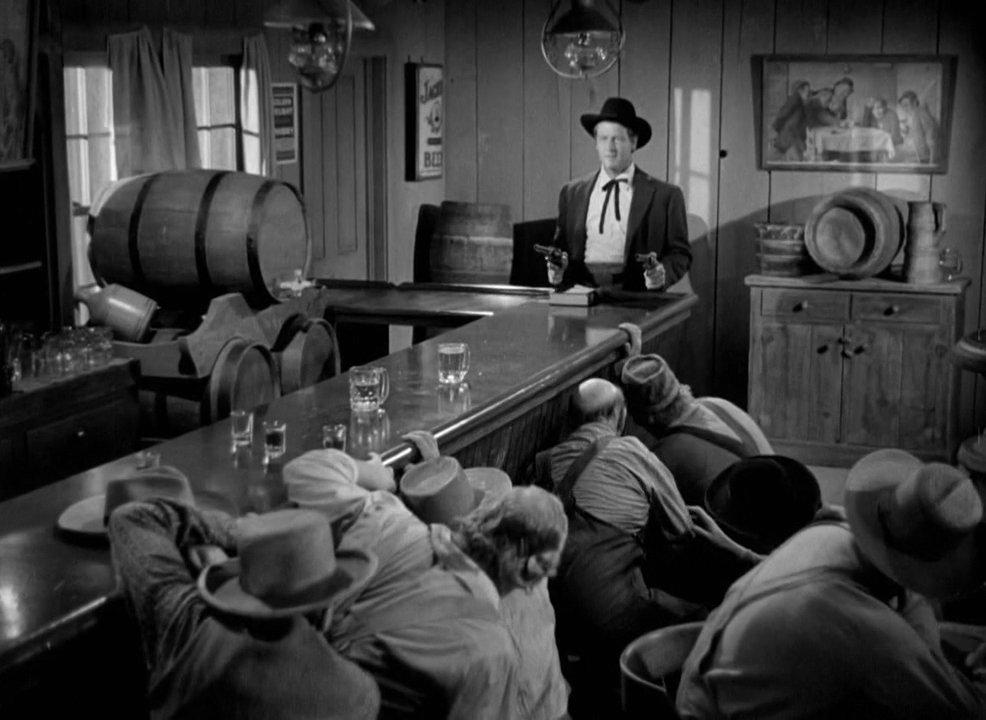
Fresh out of the war, Gray enforces the will of God, peace, onto this town. And it works, the result is idyllic; Tourneur’s beautiful frames and rhythmic cutting lulls one into the harmony of a small post-Civil War confederate town. The only instance of violence from Gray outside of his initial appearance is him whipping a drunken man with his own whip to put him into place; the scene is rendered as comedy.
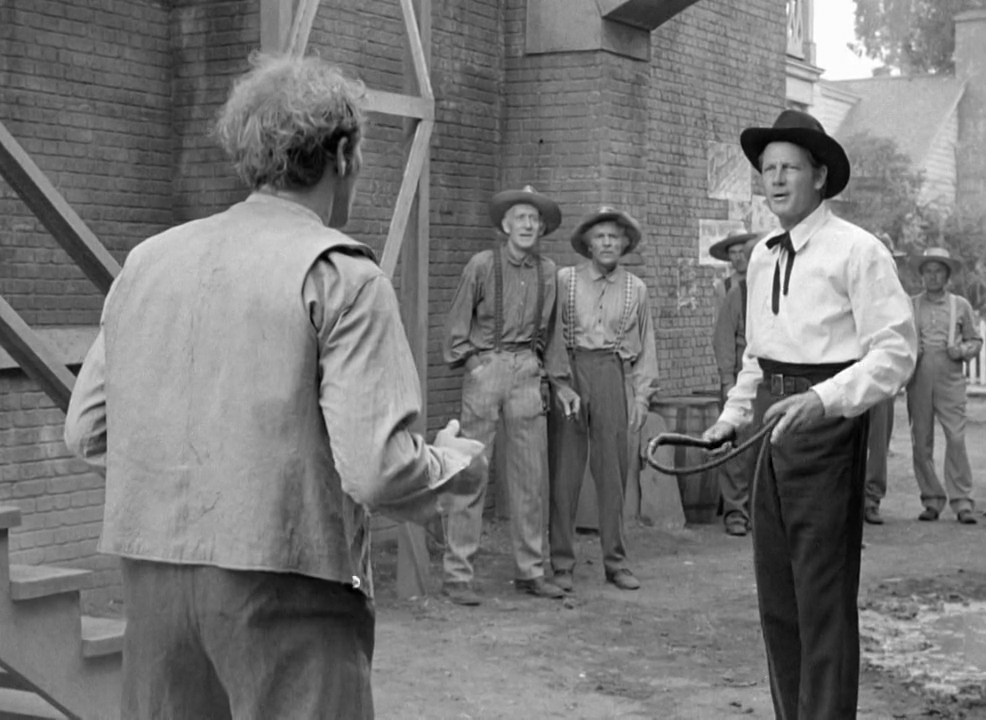


Cracks begin to emerge in this dream, Beckett pressures Famous, a freed slave, to sell his land so he can access a mica deposit on his property. Beckett is told off, and Gray tells an anecdote about how the issue will solve itself. Next is the typhoid epidemic. Here, Gray is at odds with Daniel Harris Jr., who has inherited the role of the town’s doctor. The Parson is told not to visit the school to preach so as not to spread the fever further. Gray’s role is reminiscent of Will Rogers’ in John Ford’s 1934 film Judge Priest. (and subsequently Charles Winninger in The Sun Shines Bright two decades later) “[...] Judge Priest is posited as The Law. The moral figure that presides over the town and leads it in his ideal way. [...] With Ford’s use of Priest’s leadership, he manages to make a film that reveals contradictions within the town and Judge Priest himself.” (Boomlight, 2024) While Gray acts as Walesburg’s moral arbiter, the contradictions (and failures) revealed are those of a liberal Christian idealism, one which Gray perfectly represents.
Twice in Stars does a miracle occur, saving lives and maintaining the peace of the town of Walesburg. In both instances, the will of God, through Gray, overrules an explicitly presented material solution for a spiritual one. Dr. Harris Jr.’s medicine and protocol leave him miserable, and the dreamlike beauty of the town becomes a nightmare drenched in shadow, not far off from one of Tourneur’s horrors. It isn’t until Gray breaks his quarantine and performs a “resurrection” (there isn’t a more apt word) that we feel as if the typhoid epidemic will be over—a triumphant score cues, the doctor submits to the pastor, and the closing of a door.

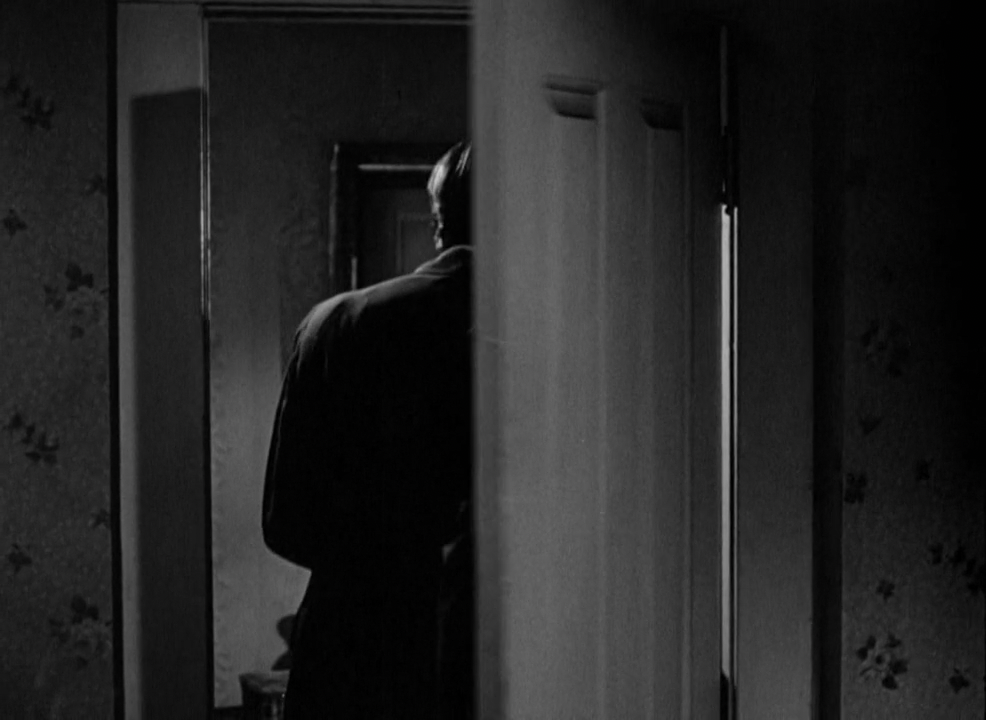
There is still one more miracle to carry through: a mob of klansmen (Beckett and his men) have come to Famous’ property for a lynching. Isbell offers the armed support of him and his family to Gray, who ultimately denies it, improvising a false will to make the lynch mob suddenly gain sympathy for Famous. (baffling!) True action in the name of social progress is rejected for pacifism, a pacifism that seems to be nonexistent when the preservation and implementation of the (white) Christian liberal social order must occur. (Parson Gray’s entrance, the whipping) And just like the doctor, after rejecting it the entire film, Isbell submits to Gray after witnessing a miracle. The film ends how it began, with the image of the church and the film’s titular song playing.
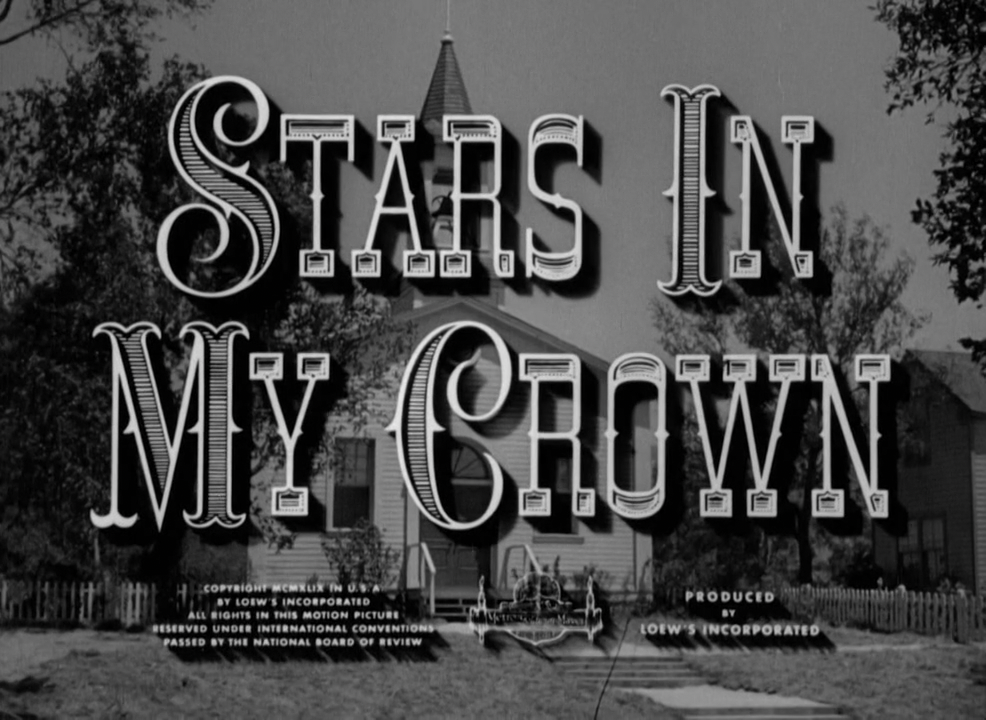

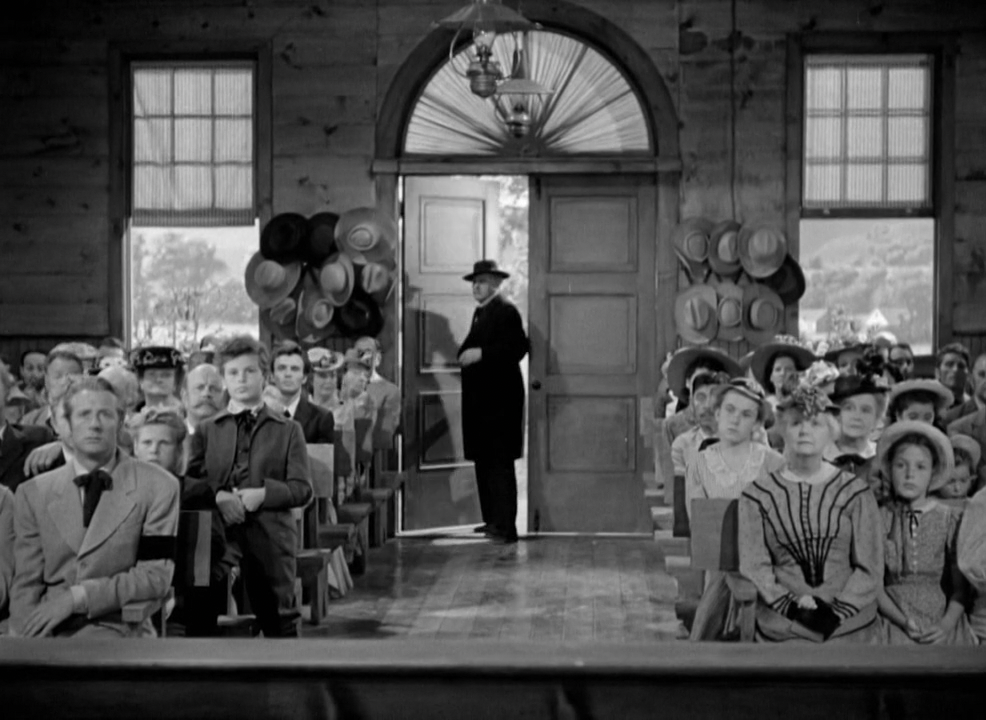
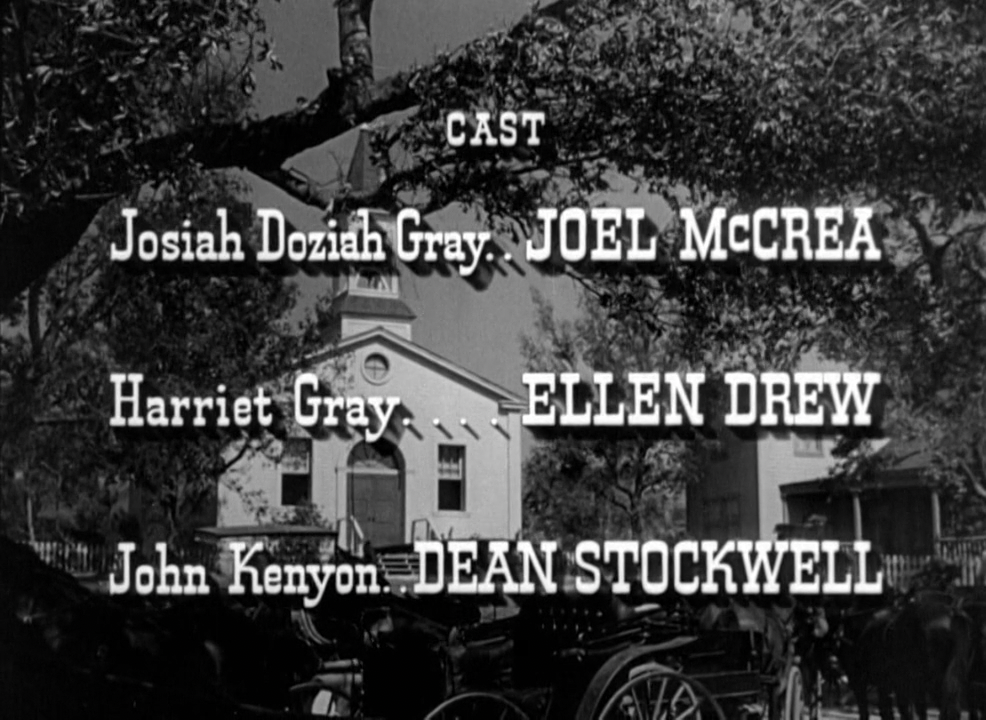
One more analog from Tourneur to Ford is to How Green Was My Valley. Tag Gallagher wrote in his seminal Ford text, “But, alas, Huw’s enchanted outlook is the myopia of innocence; the movie is actually a succession of frightening tragedies, failures, oppressions. It is arguably Ford’s most cynical and pessimistic film[...]” (Gallagher, 1986) One must note Tourneur’s film as a tale filtered through a boy's nostalgia; the film’s Christian liberalism is nothing more than a juvenile memory. It’s a naivete that Isbell, Harris Jr., and the narrator John (his amazement at the miracle is no different from his amazement at the magician pulling a melon from his pocket) happily submit to by the end.
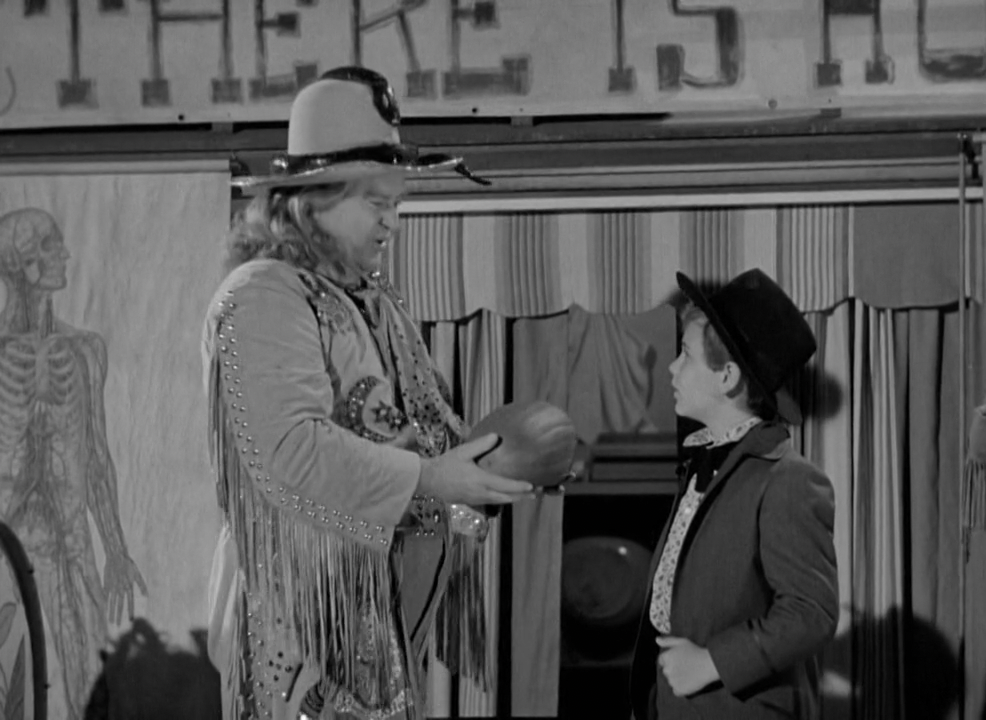
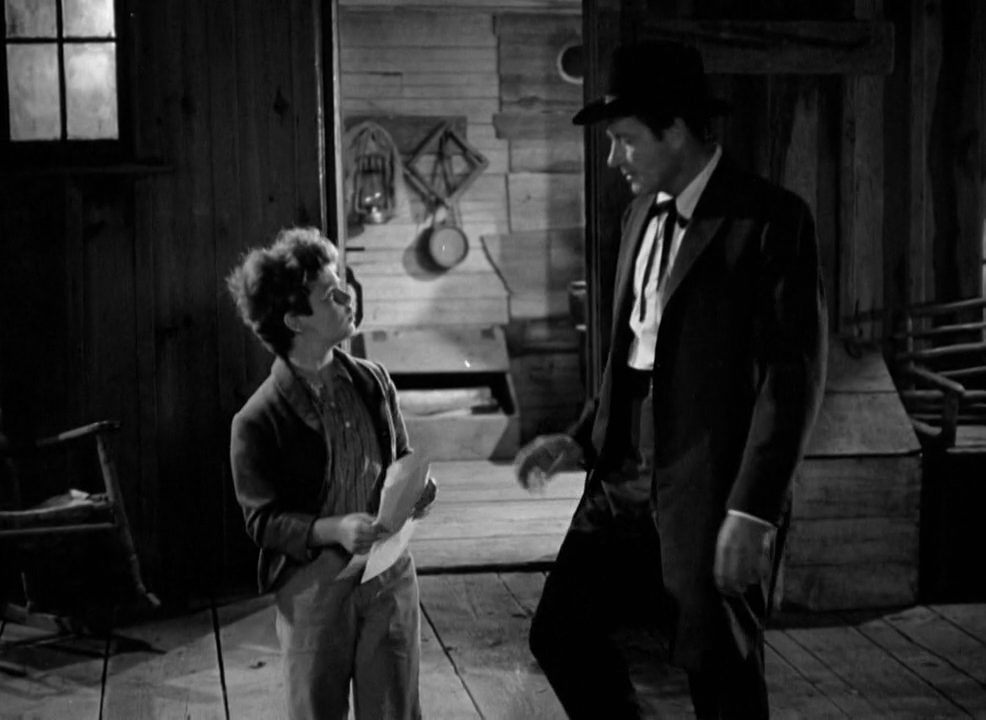
The same cannot be said for Famous; his final gesture after ‘being saved’ is a resigned, almost defeated, handshake with Gray. If anyone in the film could see through this childlike dream, it’s him.
